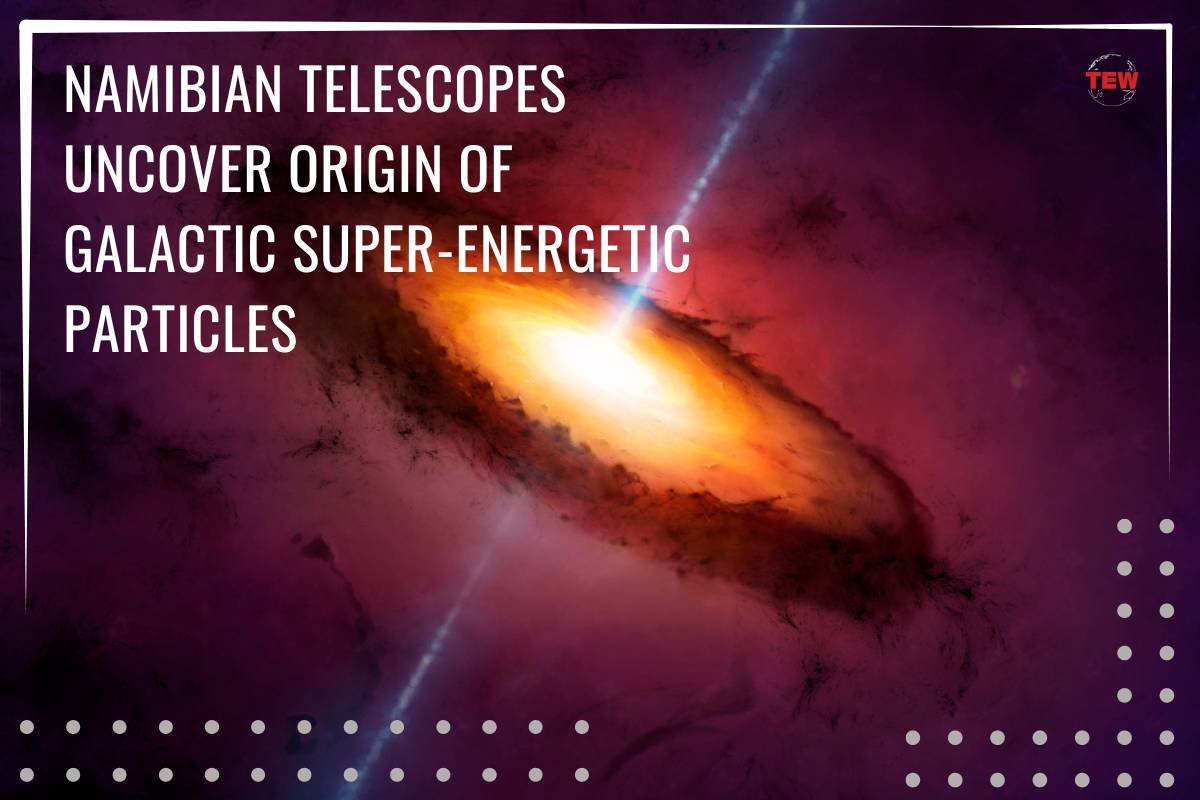An assemblage of telescopes in Namibia has successfully traced the source of some of the most energetic particles produced by the Galaxy, shedding light on a century-old mystery surrounding cosmic rays. The groundbreaking findings, unveiled on January 25 in Science, mark a significant step forward in unraveling the origins of these fast-moving atomic nuclei and particles that consistently bombard Earth’s upper atmosphere.
Researchers at the High Energy Stereoscopic System (HESS) played a pivotal role in this discovery, pinpointing the origin of a region within the Manatee Nebula. This nebula serves as the locus where matter expelled by a black hole undergoes acceleration to nearly the speed of light.
Sera Markoff, a theoretical astrophysicist at the University of Amsterdam, lauded the information produced by HESS, emphasizing its incredible value for those engaged in modeling astrophysical jets and comprehending their internal composition, propagation, and evolution.
A broad spectrum of energies
Cosmic rays exhibit a broad spectrum of energies, ranging from the most abundant, low-energy particles originating from solar wind, to higher-energy particles associated with supernovae, the explosive demise of massive stars. Even more energetic cosmic rays are believed to emanate from quasars—supermassive black holes generating plasma jets hurtling at near-light speed. In addition, astrophysicists propose that microquasars—black holes smaller than quasars but several times more massive than the Sun—could also contribute to the cosmic-ray population, with energy levels falling between those produced by supernovae and quasars.
The recent study focused on the microquasar SS 433, located approximately 18,000 light-years away in the Aquila Constellation. Forming a binary system with a large star, SS 433 ejects matter from the star, creating highly energetic jets as it spirals into the black hole. The binary system is encircled by the Manatee Nebula, a remnant of dust and gas resulting from a supernova that occurred between 10,000 and 100,000 years ago.
Cosmic rays’ impact on phones
Emphasizing its pivotal role in amplifying sensitivity
Researchers, led by astrophysicist Laura Olivera-Nieto from the Max Planck Institute for Nuclear Physics in Heidelberg, Germany, utilized HESS to detect γ-ray photons, which are indicative of the processes accelerating cosmic-ray particles. Unlike previous observations from the High Altitude Water Cherenkov (HAWC) observatory, HESS precisely located the source of the γ-rays within the Manatee Nebula. Based on over 200 hours of observations spanning three years, the findings indicate that the γ-ray emission originates midway between the black hole and the supernova remnant, supporting the idea that these high-energy particles are produced internally within the jets.
Olivera-Nieto explained that the surrounding space near the black hole is relatively empty, cleared by the shockwave from the supernova, reinforcing the notion that internal mechanisms within the jets generate the γ-rays and, by extension, cosmic rays. Markoff commended Olivera-Nieto’s data analysis, emphasizing its pivotal role in amplifying sensitivity for the study and setting the stage for future research in this field.





